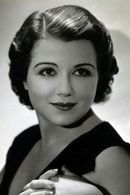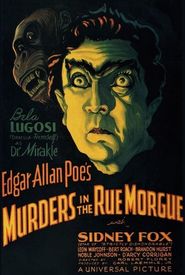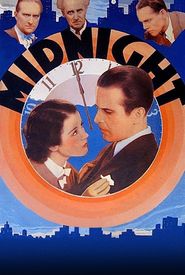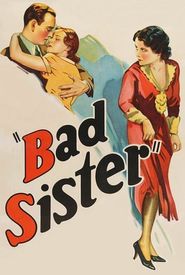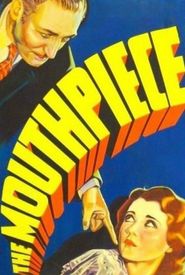Sidney Fox was a petite and charming Hollywood actress who rose to fame in the early talkies. Born Sidney Liefer on December 10, 1907, in New York City, she began her career as a model and a columnist before pursuing her passion for acting.
Fox joined a stock company in Johnstown, Pennsylvania, where she performed in various shows, including "The Big Pond," "Wedding Bells," and "The Ghost Train." She made her Broadway debut in 1929 with the comedy "It Never Rains" and gained more attention the following year with a role in "Lost Sheep."
Universal mogul Carl Laemmle Jr. discovered Fox and placed her in a starring role opposite Bette Davis in the film "Bad Sister" (1931). She continued to make films, including "6 Cylinder Love" (1931) and "Strictly Dishonorable" (1931),and was named one of the 13 "Wampas Baby Stars" of 1931.
Fox's performances were often criticized for being one-dimensional and overly dramatic, which hurt her career. She re-teamed with Humphrey Bogart in "Midnight" (1934) but was unable to revive her career. She appeared in a few European films, including "Don Quixote" (1933) and "Die Abenteuer des Königs Pausole" (1933),but to little avail.
Fox's personal life was marked by a tumultuous marriage to Universal Studios editor Charles Beahan, which was widely publicized in the tabloids. She struggled with depression and illness, and her career declined significantly.
On November 15, 1942, Fox was found dead in her Beverly Hills bedroom at the age of 34, having consumed a fatal number of sleeping pills. Her death was likely a suicide, and she was buried in Mt. Lebanon Cemetery in Queens, New York. Despite her relatively short career and troubled personal life, Sidney Fox remains a fascinating figure in Hollywood history.
